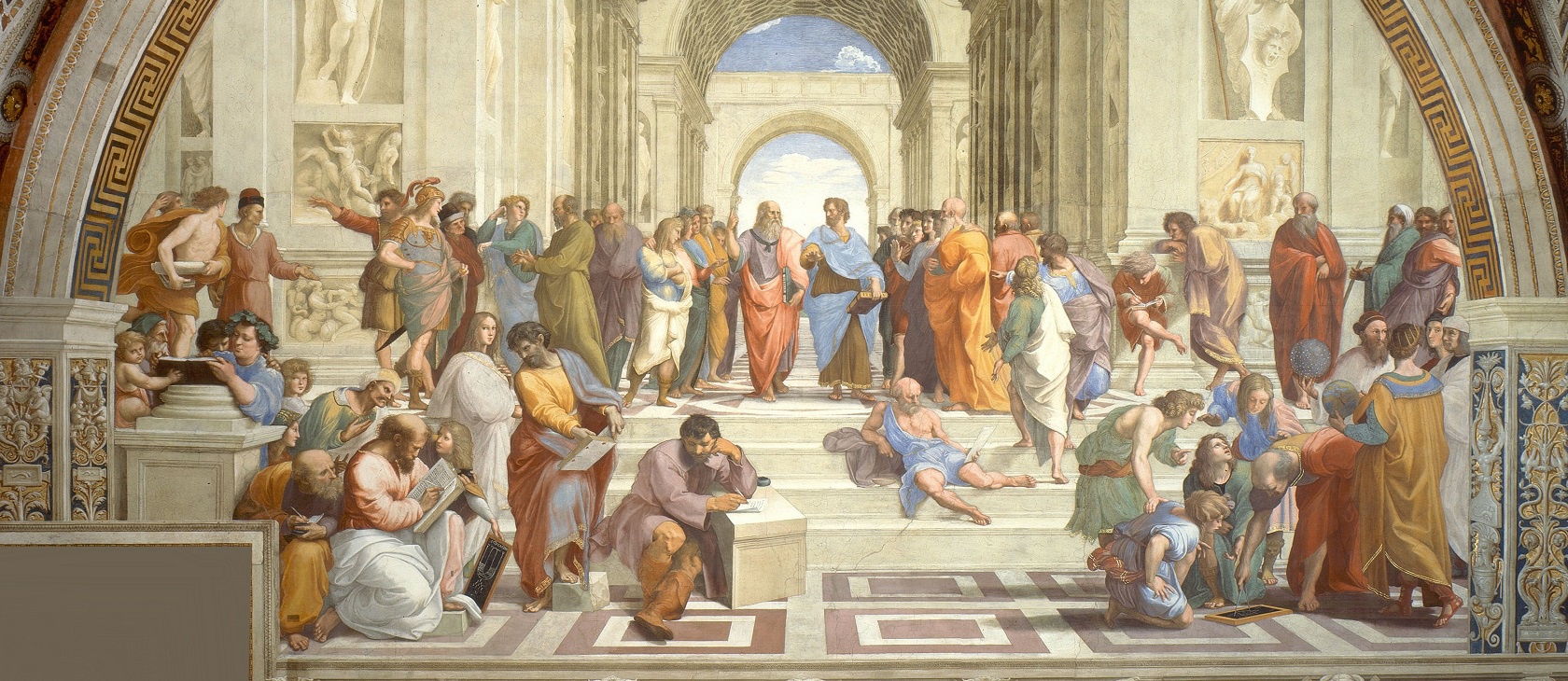If you were to read Dorothy Sayers’ The Lost Tools of Learning and thereafter read the curriculum of Veritas Classical Academy, you would find that the “lost tools” have been found in the small town of Marietta, Ohio.
The curriculum at Veritas is based on the Trivium. In her book, novelist and essayist Sayers explains that the genius of the Trivium is that it coincides with the natural stages of a child’s development.
First is the grammar of learning, taking place at what Sayers names the “Poll-parrot stage” of youth, when students willingly memorize fundamentals that will be foundational for subsequent thought. Next is the dialectic, which corresponds to the “Pert Age,” when students undoubtedly love to argue, but necessarily need to be taught how to make logically sound arguments. Finally, rhetoric is taught in high school during the restless “Poetic Age” of life, in which the creative and increasingly philosophical mind of youth is trained in its expression, i.e. speaking and writing. The schooling culminates in an individually chosen senior thesis, which taps into both the skills and moral development of the earlier stages and is orally delivered to an audience.
These are the timeless tools of learning.
In an interview, Kevin Ritter, a cofounder and teacher of Veritas, said that he and two other families founded the school after their local Catholic school announced that it would be adopting Common Core. As Ritter explains, and The Washington Post reported, many Catholic schools feel they need state funding they can only receive if they adopt Common Core. To this, Ritter asks, “Is there not a place for faith … will God not provide?”
And that He did.
With a laugh, Ritter relays such a time: He and the other founders realized just days before classes began that they had been so focused on developing the school and its curriculum that they had forgotten to buy desks. As the panic set in, one of the founders suggested that they pray. That very day a man called to say that he was a part of a group that was closing an elementary school and was wondering if they needed any desks. When Veritas opened in the fall of 2014, those desks were filled with 38 students in grades preschool through six; last year they had 113 students. They now have a growing waitlist and will be officially opening grades 11 and 12 in the fall of 2017.
Veritas teaches students how to think, instead of what to think
Through its curriculum, Veritas teaches students how to think, instead of what to think: as C.S. Lewis would say, “propagation” rather than “propaganda.” As Ritter affirms, knowing how to think will ultimately help students be more flexible and adaptable in a world where people rarely keep the same job during the whole of their working life.
The founders of Veritas are not alone in their project of restoring classical education. Parents and educators around the country are realizing their freedom and duty to develop schools for their children dedicated to faith, excellence and values. Veritas is just one of the many schools exercising its call to educational entrepreneurship: Throughout the United States, classical schools are appearing in the form of diocesan classical schools, such as Acton cofounder Father Sirico’s own Sacred Heart Academy, or as independent private schools teaching the tradition, such as the Chesterton Model.
While the “tools of learning” can be found in the Veritas curriculum, something else is lost -- purged, rather -- in Veritas: acedia. Acedia is a Greek word that describes spiritual or mental apathy. One of the dangers of public schools, Ritter says, is that students lack an enthusiasm for learning: mediocrity is often the product of boredom. He believes that under Common Core, students are not able to study at their appropriate level and lack meaningful material to keep them engaged.
In The Abolition of Man, C.S. Lewis says, “the task of the modern educator is not to cut down jungles but to irrigate deserts…to inculcate just sentiments.” Veritas Classical Academy fosters a genuine joy of learning in its students through three principal means: the family, the faculty and the moral imagination.
Family: When the board of Veritas decides to admit a student, they are “accepting not just the student, but the whole family.” To ensure that the “family’s values match up with the virtue [they] are trying to teach in school,” Veritas conducts individual interviews with each family. Because of this, Ritter says that “school does not end on June first,” but rather students pursue knowledge inside and outside of the classroom year-round.
Teachers: The teachers at Veritas are not only well-trained through programs like Circe -- the kind of training Dorothy Sayers deemed absolutely necessary -- but “are lifetime learners …. always reading, always writing, and always learning.” Ritter sees “this behavior rub off on the kids … they want to be like the faculty.”
Moral Imagination: On the sign outside of the school, it is written “Veritas Classical Academy: Taking young minds seriously.” To prevent students from becoming “cynical and jaded,” the Veritas curriculum holds that students need to “not only have their minds expanded but also their souls enriched by…the great moral efforts of human beings.” This enrichment of the soul strengthens the moral imagination, the source of the “superadded” ideas that its curriculum expects the student to constantly ponder: “love and hate, victory and defeat, justice and injustice, beauty and ugliness, temperance and intemperance, courage and cowardice, glory and shame, magnanimity and pusillanimity.”
In these ways, Veritas not only develops the tools of learning that teach students how to think, but also gives them a question worth thinking of: “What is the good life?” In doing so, Veritas cultivates that which makes us uniquely human: “A wonder and love for all that is genuinely true, good and beautiful.”



